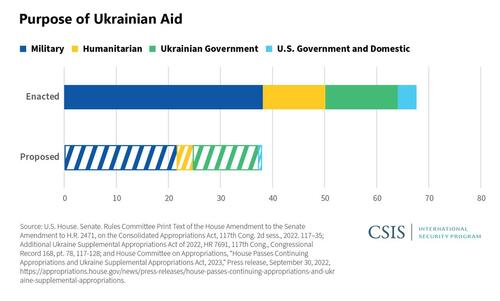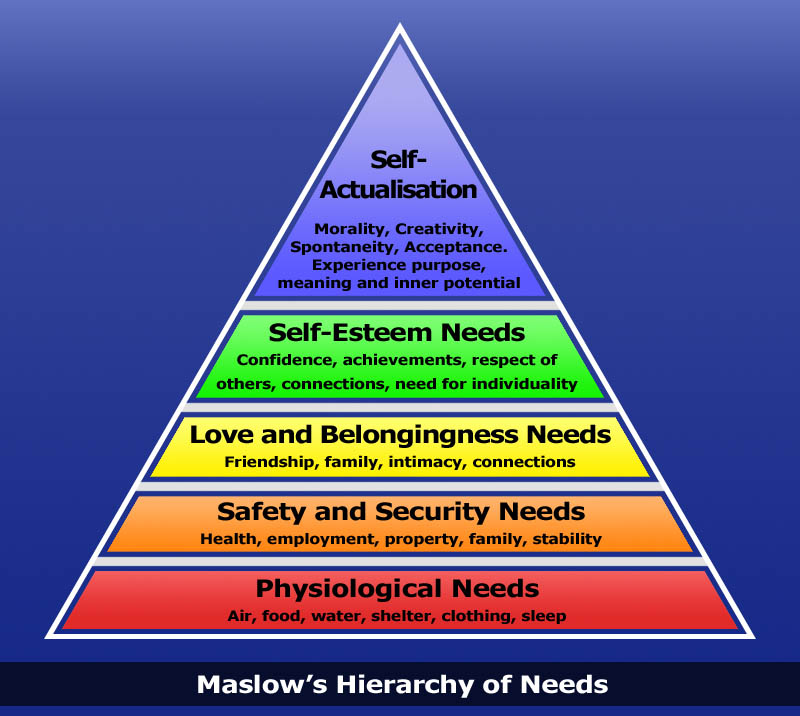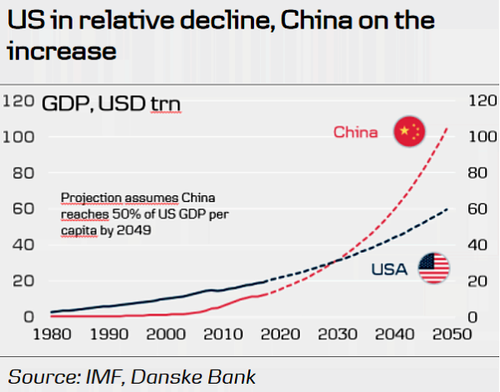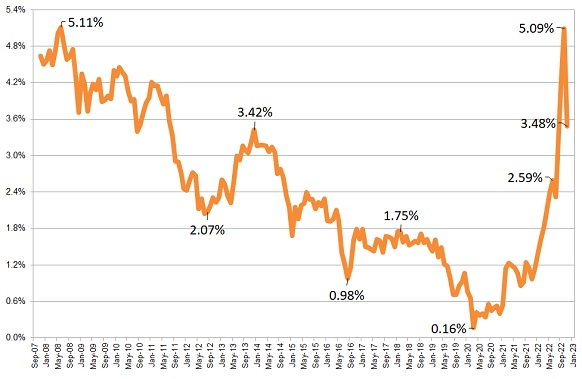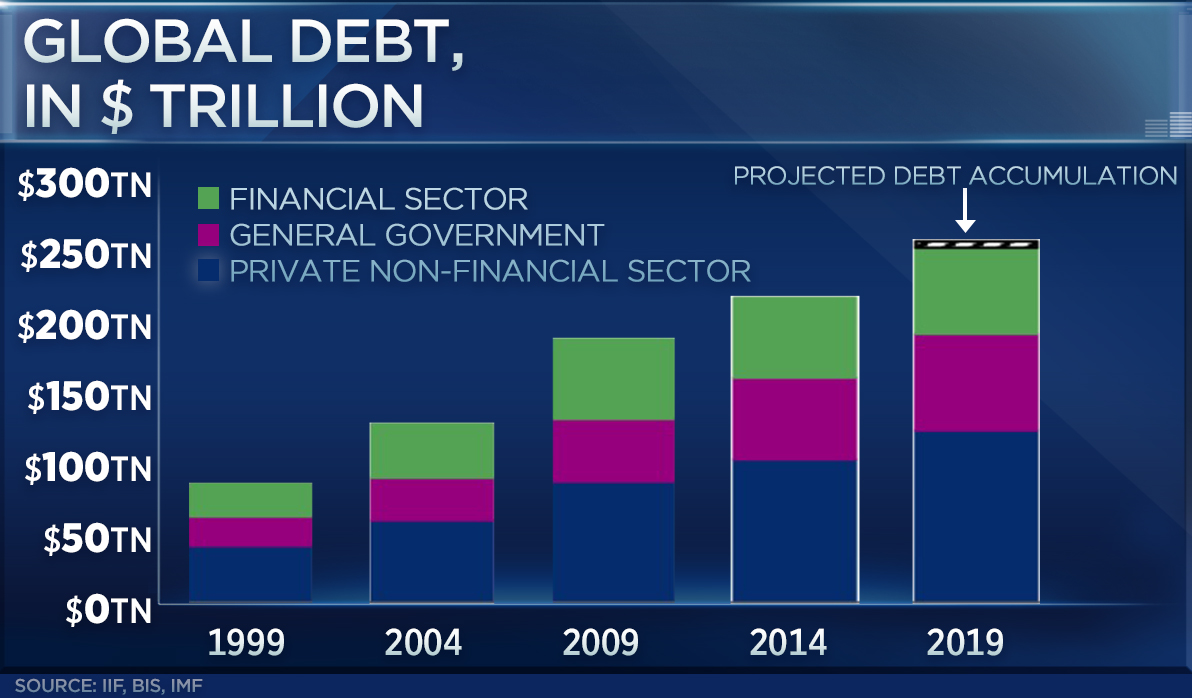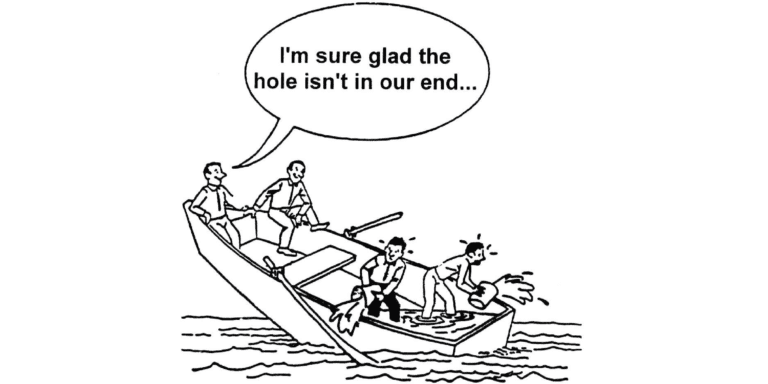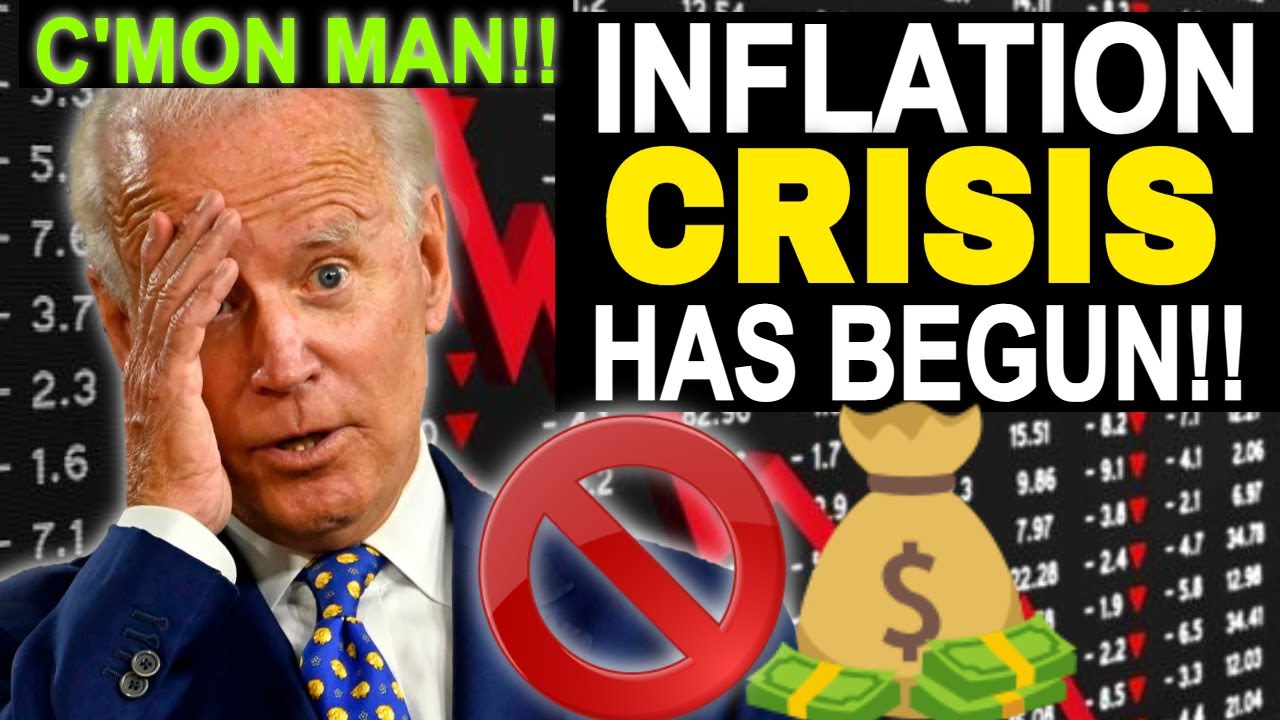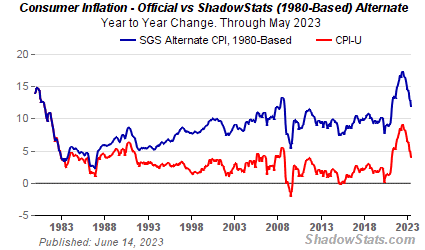 |
| OROB Could Result In Creating Massive Conflicts |
The article below is a summery of China today. China has been moving away from its dependence on America but its path
forward may be more difficult than people imagine. China has huge
problems that make this planned decoupling a risky gambit. Still, this move has already started
and that is unlikely to change. Over the years China has invested
heavily in its One Belt One Road (OBOR) initiative. The brainchild of Chinese President Xi Jinping, OBOR is an all-encompassing and confusing "work in progress" that, as it unfolds
will reshape world trade and the relationships China has with many
countries.
Now that the Chinese Communist Party has finished holding its 20th National Party
Congress, things can move along as planned. OROB consists of two major parts or
projects that are known collectively as One Belt, One Road, Belt and
Road, or the New Silk Road. According to Chinese state media, some $1
trillion has already been committed to OBOR, with several
trillion slatted to be spent over the next decade. The plan aims to pump
this huge sum of money into railways, roads, ports, and other projects
across Asia, Africa, and Europe.
OBOR is so overpowering it has morphed into a "philosophy" or "party line," rather than
anything concrete. This massive endeavor includes more than 68 countries and impacts 4.4 billion people, or around 60% of the world's population. This means it touches just over a third of the world economy. Its boosters tout its
massive economic promise and claim it could benefit the entire world
by lifting millions out of poverty. Still, for all its rhetoric about trade and development, OBOR is primarily a political project.
China's state media claims OBOR will benefit: the Middle
East peace process, start-ups in Dubai, currency trading, global
poverty reduction, Xinjiang's medical industry, Australian hotels,
nuclear power, Polish orchards, and, darn near the entire world. This clarifies and extends a trend that has
been going on for years. It should be noted, in the past, several Chinese overseas investments have also
earned China a bad reputation when it comes to delivering on its promises. This includes some local
economies claiming allegations of exploitation.
Emboldened by an influx of wealth over the last few decades, China has played fast
and
loose with creating and loaning out new funds. As debt service
rises, this can create a serious balance of payment challenges. OBOR to
move forward
has to provide the financing for infrastructure that many countries
desperately want and need but will they be able to repay the loans in
coming years?
The Center for Global Development, a Washington-based think tank, has
highlighted in a report entitled Examining the Debt Implications of the
Belt and Road Initiative from a Policy Perspective,
the underlined the problems of extending credit to poor or unstable
countries. It has been pointed out that as many as 23 countries could be
prone to “debt distress.” This group includes Pakistan, Djibouti, the
Maldives, Laos, Mongolia, Montenegro, Tajikistan, and Kyrgyzstan which
were rated in the “high risk” category. This brings us to the question
of whether OBOR
will become a massive expensive bridge to nowhere.
 |
| More Debt Has Failed To Speed Up Growth |
Many China skeptics argue that China continues to prop up the unpropable, and yes, while no such
word exists, when it comes to China's economy it should. Unpropable describes China's financial collapse that can only be postponed
but not stopped.
A major problem for China is that it has become addicted
to debt and any slowing of the economy places tremendous pressure on
those already having difficulty servicing debt. The fact is most Chinese companies fund through bank credit so
the stock market in China is not as large a factor in their economy as
we might expect.
Another issue is all this debt plays a role in
lowering the value of China's currency. A lower yuan is a double-edged sword. While it
helps exports, it makes importing raw
materials more expensive and tends to raise the ire of trading
partners. Still, more important may be whether a falling yuan causes
more wealth
to exit China in search of a safe more stable environment. The lack of good investment opportunities in China has caused more and more money to leak across the border inflating
asset bubbles in other countries.
It could be argued that much
of what is occurring in global currency markets is getting scrubbed
away by our complex financial system. While many Americans tout that China has us by the throat it is not true. Considering
how rapidly debt and credit have increased over the years, it could be
argued that the trillion dollars of debt America owes China is not nearly as relevant as it
was a decade ago.
 |
| China Only Holds A Small Percentage Of US Debt |
The main reason China bought up so many U.S. Treasuries over the years is that it wanted its currency pegged to the dollar.
Dollar-pegging has in the past added stability to the yuan since the dollar is viewed as
one of the safest currencies in the world. It must be pointed out that even though China owns these U.S. Treasuries, China is running a
massive U.S. dollar shortage both on a
corporate and a national level.
Much of China's problem stems from its companies having roughly $3 trillion or more which it owes to international investors.
Loans of this type are not uncommon, especially in
developing nations. This "global debt" being denominated in U.S. dollars means the
companies owing it needs to pay both the principal and the interest payments to
their lenders in U.S. dollars. This demand for dollars creates a constant flow of dollars out of the country.
Remember, like all politicians, even those in China, tend to go to extreme
efforts to avoid taking responsibility for the
problems they create. History shows that one way a country can kick
its gross domestic product higher is to
build a false economy based on infrastructure or war. The OBOR
initiative and China's growing space program may be an extension of this
idea.
Up until now, China's big misallocation of resources has been in housing.
One of the biggest challenges china has going
forward is that, in some ways, the Chinese residential real estate
market could be called a Ponzi scheme of massive
proportions. It is the most overvalued asset class in the world. Much of China's so-called wealth is tied up in poorly constructed overpriced homes. Chinese leaders knew this was a problem and tried to slow and halt growing valuations over the years but failed to follow through.
China's
real estate bubble is apparent in its bizarre housing market and
"ghost cities." This is where 75% of its peoples' wealth is stored. The excesses in China's real estate market have not yet
been resolved. After becoming an estimated 30 percent of China's economy, housing is now an albatross around the neck of economic growth. With housing prices falling the wealth effect it created is varnishing, when all is said and done, it is very likely the process will be
deflationary.
While
many people think China has become the most important player in world
trade, they are discounting America's role as a major consumer of its
goods and capital investment. China is an export-driven economy and the numbers it puts out are
suspect. The money from trade flowing into China from the west is the
biggest factor keeping China afloat. Played fast and
loose by creating and loaning out new funds will only mask China's dilemma for so long.
Footnote: Part two has now been published. It looks at several other problems currently playing out in China. Following is the link to that post. https://brucewilds.blogspot.com/2022/12/chinas-future-remains-cloudy-and_18.html
This blog is not written for money
or profit but as a way to share ideas
and thoughts. If you liked this post
feel free to E-mail it to a friend.


